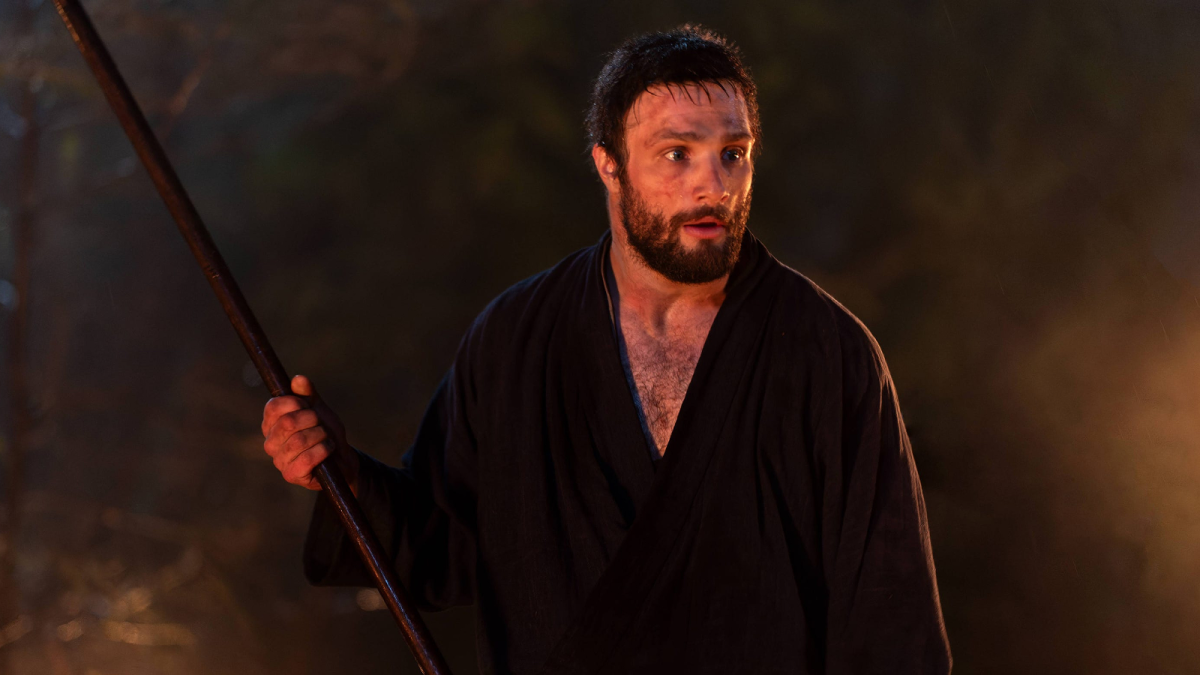
We watched the last episode of Shogun last night. The show ended, incidentally, in an enjoyable, Shogun-like way–which means there was more than a dash of mystery and confusion and misdirection to season a good storyline.
The episode required Cosmo Jarvis, who was quite good as Blackthorne in the series, to cry on cue at the loss of Mariko. It’s a tough assignment, perhaps the toughest assignment in acting. Jarvis gave it the old college try and did a credible job, but the cry didn’t quite reach the believability threshold. It made me think about how rarely you see a really authentic-looking cry on screen. When you see the genuine article, the entire face and upper body contribute to the cry, from the hunched, heaving shoulders to the quivering chin and mouth up to the sad, crying eyes. A true crying person is unmistakably crying. A single tear rolling down the cheek of an otherwise stolid face isn’t really a believable substitute.
Laughing also involves the complex interaction of lots of parts of the face, but usually laughter on cue is a lot more credible than crying. It is probably easier for actors than crying because they can summon up the memory of a good joke or a funny experience and use it get into the laughing mood. It’s harder to do that with crying, although some actors try. My mother told me once that when Shirley Temple was a child star and needed to cry on cue, one of the people on set would tell her her dog had died–which doesn’t seem like a solution you reasonably use more than once.
Anger, sadness, romantic interest, and surprise are emotions that any decent actor can reasonably convey, but fake crying is the gold standard. Find an actor who can do a believable cry on cue and you’ve identified a true “master thespian.”
